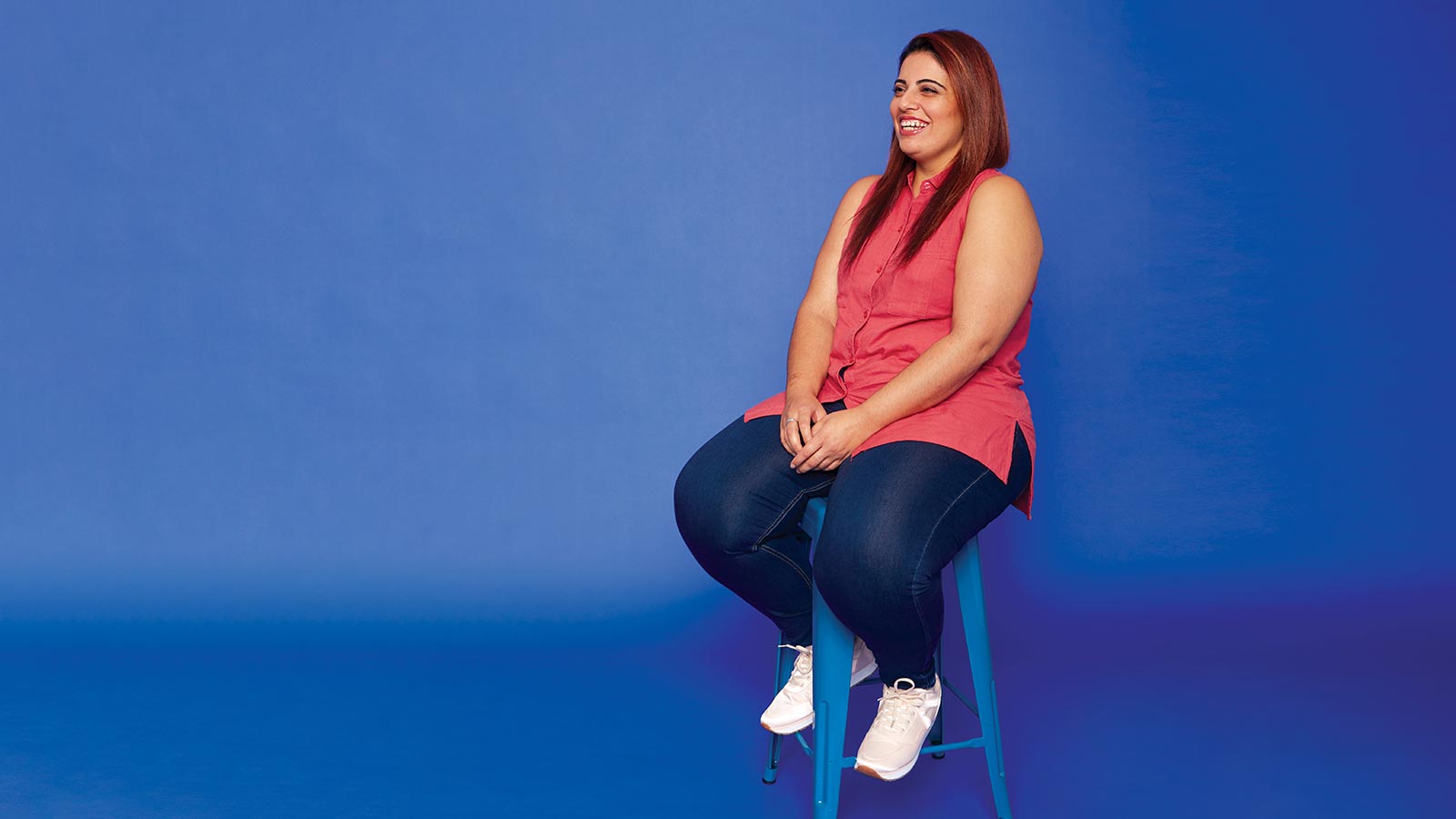Most people can choose which super fund they'd like their super contributions paid into.
Your employer will give you a 'standard choice form' when you start a new job. This sets out your options. You can go with your existing fund, your employer's fund, or choose a different fund.
What to look for in a super fund
When you're comparing super funds, weigh up fund performance and the fees you'll pay against other factors such as risk, investment returns, services and insurance.
Performance
Compare your fund's investment performance over at least five years. Consider the impact of fees and costs.
Compare like with like. For example, only compare a balanced option with another balanced option, and try to use the same time frame.
Low fees
All super funds charge fees. Fees are either a dollar amount or a percentage, or both. Either way, generally the lower the fees, the better. Fees are usually deducted monthly and after an action such as switching investments.
Insurance
Super funds typically have three types of insurance for members:
- life (also known as death cover)
- total and permanent disability (TPD)
- income protection
When comparing the default insurance offered by super funds, look for:
- the premium rates
- the amount of cover
- any exclusions or definitions that might affect you
Insurance through super has more information.
Investment options
Most super funds let you choose from a range of investment options.
Options usually include:
- growth
- balanced
- conservative
- cash
- ethical
- MySuper
Some funds will let you choose the weighting of different asset types or direct investments.
Services
Super funds may offer other services which attract special fees. These can be things like financial advice or arranging to split your super following a separation.
Get more from your superannuation
Superannuation is one of the largest and most important investments you will ever make. Make sure you are getting the most out of your super.
Compare super funds
You can find out about and compare super funds by using:
- the ATO's YourSuper comparison tool, an online list comparing MySuper products
- the product disclosure statement (PDS) for each product offered by a fund
- super comparison websites offered by private companies
What to do if your super fund is underperforming
Your super fund must let you know if it has performed badly under an annual performance test done by the Australian Prudential Regulation Authority (APRA).
To help you decide about switching funds and which product to switch to, you can compare the features listed above. Or use the ATO'sYourSuper comparison tool if you have a MySuper product.
Comparison websites
Non-government super comparison websites include:
All of these have some information for free. Some of them also offer more detailed information for a fee.
Comparison websites can be useful, but they are businesses and may make money through promoted links. They may not cover all your options. See what to keep in mind when using comparison websites.
Don't choose a super fund based only on its rating on one of these websites.
Compare these features:
|
Performance |
|
|
Fees |
|
|
Insurance |
|
|
Investment options |
|
|
Services |
|
Once you have the information you need, use our super calculator to compare how different funds will work for you.
Use our superannuation calculator
Work out:
- how much super you'll have when you retire
- how fees affect your final payout
If you don't choose a super fund
If you don't choose your own super fund, your employer must check with the ATO to see if you have an existing super fund. This is known as a 'stapled super fund'.
If you don't have an existing fund (for example if it's your first job) your super will be paid into a 'default' super product chosen by your employer. This is known as a MySuper product.

Savannah chooses lower super fees
Savannah is 30 and earns $50,000 per year as a librarian. She already has $20,000 in her super and was paying 2.5% fees.
After shopping around for another super fund, she changed to one with only 1% fees.
By changing to a fund with lower fees, Savannah will have $81,000 more in her super at age 65. Her super account balance will be $336,000 instead of $255,000.
